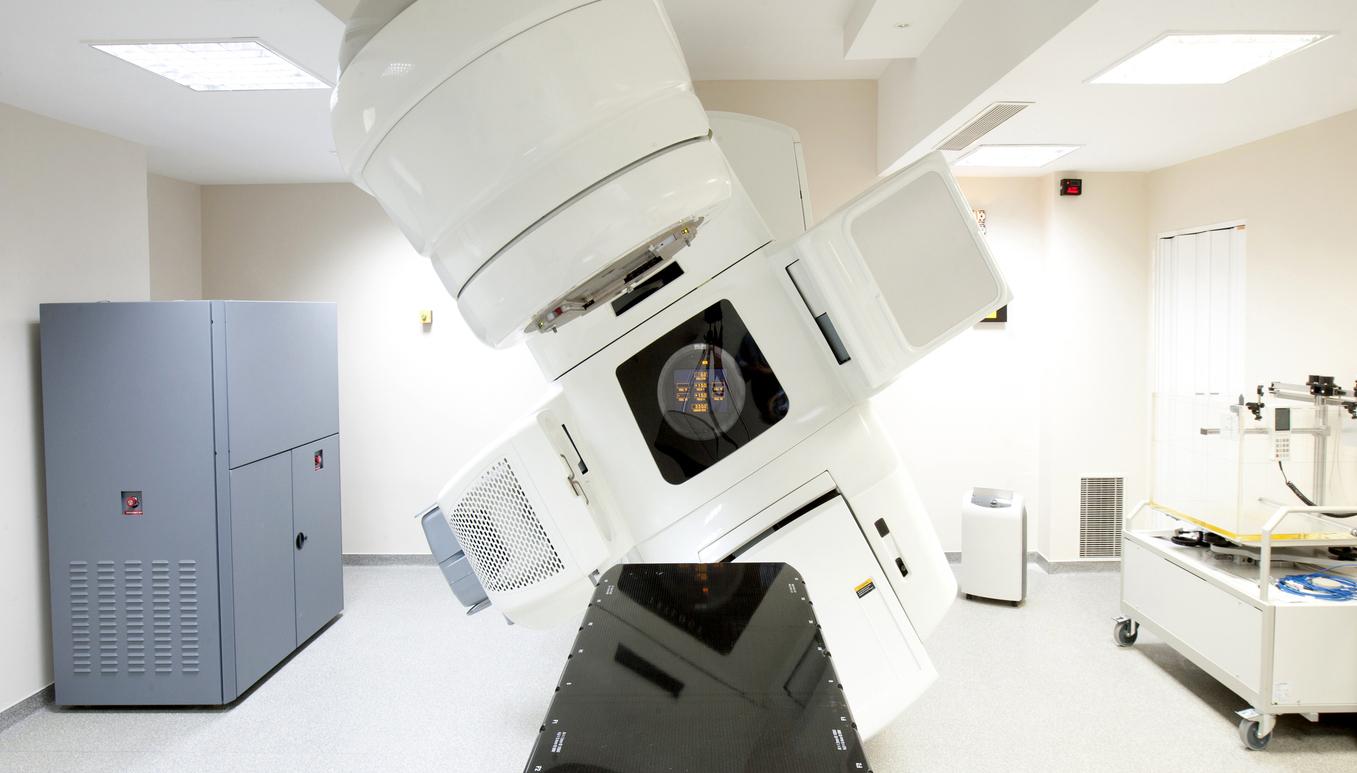Spinal cord injuries resulting from spinal trauma most often leave serious neurological sequelae. A protein linked to an active lifestyle could lead to the development of a drug capable of regenerating damaged nerve fibres.

Between 250,000 and 500,000 people worldwide suffer spinal cord injuries each year. Most often, these lesions are linked to traffic accidents, falls or result from acts of violence affecting the spine. And the consequences are terrible: paraplegia, loss of motricity that can also lead to dependence and multiple secondary conditions that can be life-threatening.
An international study could lead to the forthcoming development of a drug which, combined with rehabilitation techniques, would facilitate the recovery of victims of spinal cord injuries.
The impact of physical exercise already demonstrated
Work, and the experience of therapists, have already shown that people who have suffered such trauma and who have previously had an active lifestyle recover better than others. And the impact of physical exercise on the functioning of the brain and the entire nervous system has been demonstrated in the laboratory by experiments carried out on mice. “Animals living in environments equipped with wheels for exercise, toys and in the presence of other animals show better performance. In tests of memory and orientation, we see more neurogenesis in the hippocampus and dendritic spines (structures that allow the development of synapses or contacts between neuronal cells)”, recalls Dr. Angel Barco of the Institute of Neurosciences of Alicante.
Increase the regenerative capacity of nerves
Based on this observation, researchers at Imperial College London have identified, in this process which makes nerves more likely to regenerate, a molecule called CBP (CREB-Binding-Protein) capable of modifying the expression of several genes and increase the regenerative capacity of damaged nerves.
The Angel Barco team in Alicante studied the effects of this protein on mice. “By placing animals lacking this protein in an enriched environment, we found that they were unable to respond to these stimuli and that there was no improvement in nerve injury repair.” , says the researcher.
After treatment, animals regained significant mobility
Deduction: CBP is indeed a key molecule, capable of becoming a therapeutic target for increasing regeneration after spinal cord injury. And the tests showed that the administration of a compound increasing the activity of this protein CBP (six hours after the lesion of the column then once a week) would support the regeneration of the damaged nerve fibers. After injury and treatment with this drug, animals that could not walk properly had regained significant mobility in their hind legs.
Clinical studies should begin soon to demonstrate that such a drug is safe for humans. This represents real hope for victims of severe spinal trauma with spinal cord injury.
.















